peanut butter whole 30
 Whole30 Peanut Butter: Can I Have Peanut Butter on Whole30? | Peanut butter, Food, Whole 30
Whole30 Peanut Butter: Can I Have Peanut Butter on Whole30? | Peanut butter, Food, Whole 30Did you end up with your Whole30? Present your story #IAmwhole30 101: The Officer "I can have..." Guide to the All 30 One of the most active sections of our free is the section ". This is where Whole30'ers ask about the ingredients they want to include as part of their Whole30 program—things like bee pollen, bedtime flour, or banana almond discs.* Sometimes, we wonder if people really want to eat these things, or if they're just trying to shake us. The forum is a great place for this kind of question, but it can be a bit complicated to look for, and as new people come together every day, the same questions are asked over and over. So today, we will give you all the most common questions and answers in one place, along with our most useful tips to maximize your success in Whole30. Note, anything in italics below are not the official "rules" of the Whole30 – they are only suggestions from us to you, based on our experience, and the experience of the more than 100,000 people who have made our Whole30 program in the last four years. So, you know, you don't have to accept our useful suggestions... but you should probably*. Yes, yes, but only if you're not baking with him, and every time you ask us about the pancakes at the Whole30, before you ask, "I can have..." Before reading this list, please make sure you have done the following: Read the . No, actually read them, sometimes. Don't ask if quinoa or Seven tortillas are okay, because we spell it clearly in the rules. (They're not.) Read your tags. Before asking if Cholula's hot sauce, the French yellow or a Tanka bar* is compatible, read the list of ingredients! If all the ingredients are fine, the food is fine. If it contains an extraplane ingredient, then it's out for your Whole30.* Yeah, yeah, and not for the added sugar. Remember, the added sugar is about the ingredients, not the nutritional label. The amount of sugar listed on the nutritional label has nothing to do with whether or not a Whole30 is. Nutrition Tags around the nearest full digit, so just because something says "0 grams" together with "sugar" doesn't mean there's no added sugar! Look (real or artificial) on the list of ingredients. If he's there, he's out for his Whole30. When it comes to additives, less is better, but only three are specifically outside. The Whole30 removes carrageenan, MSG and sulfites in the program. Other common additives such as xanthan gum or ascorbic acid are supported. Not all additives are "toxic", acsorbic acid sounds terrifying, but it is really an elegant name for vitamin C. See our details. At the Whole30, can I... Almond Flour: YesYes, you can have almond flour, coconut flour, tapioca flour, cassava flour and other flours not based on grain, but it depends on the context. You can use it instead of bread crumbs in your meatballs, to dredging a piece of chicken, or to thicken a sauce or stew. You can't use it to bake Paleo: make muffins, pancakes, bread, muffins, biscuits, waffles, biscuits, tortillas, pizza bark, or anything of that nature; nor can you have in pasta or gnocchi recreations. We call these recipe foods (SWYPO), and they are expressly out of limits during your Whole30. Almond Milk: Read Your LabelsThe commercially produced almond milk is easier to find than ever before, however, most will still have sugar and few can even have carrageenan —render those limits out of your Whole30. If you can't find a compatible brand, like, the alternative is — but remember, there's no sweetener added! Tip: Nuts and seeds are not your best fat choice, in general, and drinking your food is always less healthy than eating it. So when it comes to almond milk, even if you do your own... We prefer you to eat almonds from time to time! Arrowroot Powder or Tapioca Starch: YesArrowroot Powder or Tapioca Starch: YesThese are good choices as thick as they can be especially useful in gravies and sauces. As almond flour, however, they are not suitable for use in baked products. Bacon: Read your Bacon tags: Read your tags While finding compatible bacon is much easier these days, it can still be difficult in many parts of the country (and the world!). There are a few fully approved partners who have compatible bacon, including , , and , If you are having problems, consult your local natural food store, or (even better) ask a local farmer or butcher shop. Tip: The factory-grown pork is one of the most unhealthy and maltreated animals in our agricultural system, and these animals tend to store toxins from their environment and feed on their fat. Since bacon is fatter than meat, that bacon from the grocery store is not really a healthy food choice. Bean Sprouts: Yes. Yeah. The part of the bean plant is good for eating. Problematic compounds are found in the seed (bean) itself. Bragg Amino acids: No Bragg Amino acids: No Bragg Amino acids are derived from soy, and all soy forms are out for your Whole30. A great full substitute for Whole30, however, is Coconut Secret's. It tastes like soy sauce! Buckwheat: NoBuckwheat: NoBuckwheat falls into the category of plants we call pseudo-cereal. These products are not botanical grains, but they contain compounds that can cause similar problems, so we discard them for their Whole30.Cacao (100%): YesCacao (100%): YesCacao (or 100% cocoa) is great when used as a spice of flavor (our Mocha Steak Rub, which is found in , is a great example), but you can also feel free to add tea. However, we discourage a lot of mixing cocoa with dates, figs or other fruits to make chocolate confections during your program. These only feed their Sugar Dragon, which is the opposite of what you want to do in a Whole30. Canola oil: Yes, reluctantly (because sometimes you have to get out) Canola oil: Yes, reluctantly (because sometimes you have to get out) Although we do not think that vegetable oils are a healthy option (underestimation of the century), we do not expressly rule out them in the Whole30. If we did, you would never be able to eat outside your own kitchen, because all the restaurants use them in the kitchen. We wanted to create the healthiest program possible, but we also need it to be feasible for those who travel for business or pleasure, or just want to have dinner outside for the month. Tip: Eliminate the consumption of vegetable oils at home, even if you are not in the Whole30, and make sure the rest of your diet focuses on the most nutritious options possible, especially if you get out frequently. Carob: Yes Carob: Yes While Carob is technically a legume, the algarrobo powder is usually made from the vain of the plant and not from the seed. Since all potentially problematic parts are contained in the seed, it is A-OK to eat parts of the plant that are not the seed during its Whole30. Chia: YesChia: YesThese seeds are not the same botanical family of seeds that we remove with grains and legumes, so it makes them good to eat during the Whole30. Tip: Chia is not likely to cause you serious problems, but it is not the omega-3 superfood that is made to be, either. We explain why in , but in short, the chia should be treated like any other walnut and consumed in limited quantities. Chickpeas: NoWhile the word "pea" is correct in the name, these are also known as Garbanzo beans, and are botanically a bean, not a pea. Chips: Not if they are purchased in the Chips store: Not if they are purchased in the store Although we recognize that potatoes are a real food, we also know that eating them in the form of chips and fries has converted them from "produce" into a commercial "product" adulterereress. It is easy to find potatoes, tortilla or fries that meet the Whole30 ingredients standards. It is not easy, however, to consume those chips in a way that is true to the spirit of the Whole30. For most of us, fried, salty and crispy chips are a brazen bonafide meal, and fall in that deep, dark area of less healthy foods with technically compatible ingredients. For that reason, there are no chips bought in a shop of any kind in the Whole30. That includes fries (or made by restaurant), bananas, tortilla, apples or fries, without pork bark, not even with kitchen. Feel free to roast your own curly cabbage, pan-fry your own bananas, or bake your own sweet potatoes at home, however. Citric acid: Citric acid: YesThis is a common additive and acceptable in canned or canned foods such as tomatoes or olives. Coconut aminoles: YesThis soy sauce substitute is derived from coconut nectar, but produced (and slightly fermented) with sea salt and water in a savory "umami" flavor. All coconut aminos are allowed in the program. Coconut flour: YesCoconut flour: Yes, you can have coconut flour, almond flour, tapioca flour and other non-grain-based flours, but it depends on the context. You can use it instead of bread crumbs in your meatballs, to dredging a piece of chicken, or to thicken a sauce or stew. You can't use it to bake Paleo: make muffins, pancakes, bread, muffins, biscuits, waffles, biscuits, tortillas, pizza bark, or anything of that nature; nor can you have in pasta or gnocchi recreations. We call those prescribed foods, and they are expressly out of limits during your Whole30. Coconut water: Read your labels Coconut water: Read your labels Most coconut waters are technically compatible, containing only natural coconut sugars. However, some brands add sugar to your ingredients, so read your labels. Anything with added sugar is out for your Whole30. Tip: Coconut water is essentially a "light" fruit juice. If you are involved in resistance athleticism, working in a profession that leaves you prone to dehydration, or simply wants a refreshing treatment, coconut water can be a good choice for rehydration. Just don't let coconut water take the place of the old and simple water in your daily routine. Coconut milk yoghurt: Read your coco milk yoghurt tags Most of the coconut yoghurt contains added sugar, but there are some simple varieties that would be considered Whole30-compatible, and a source of natural probiotics. Just don't make it a bowl of breakfast with dried fruit, crumpled coconut, and cocoa combs, m'kay? Coffee: Yes. Yeah, you can have the coffee. You're welcome. You can drink it black, add without compatible sugar, coconut milk, almond milk or add cinnamon or vanilla beans to beer. But remember, Whole30 guides exclude milk, cream, unsupported milk substitutes, and added sweeteners, including stevia (more about that below). Suggestion: With respect to the "Paleo" coffee cream... Sigh. We know that there is a recipe out there where eggs, coconut milk, dates, and some voodoo magic are combined with prayers to create a thick and creamy concoction that can take the place of your cream and sugar (or Coffeemate) and once again transform your black coffee indomeable into sweet and dreamed caffeine. We really don't like this, and I would encourage you to take a look at why you need it at all. Do you really like coffee, or are you taking it for the sugary taste blow? Chocolate "Dark": No "Dark" Chocolate: NoAnything less than 100% cocoa (cao) is out of bounds during your Whole30. Even the very dark chocolate is still sweet. Dates: YesAll fruits, including dates, are allowed on your Whole30. They are a great way to add that hint of sweetness to a sauce (such as the Char Siu pig of ), or to fill with almonds and wrap in (compatible) bacon as an elegant snack-schmancy. But please, there is no processed date syrup. Suggestion: These small sugar pumps pack a big blow, are as close to the candies as you can get on the Whole30. We recommend against using them as a "stratum" to feed their Sugar Dragon. Flax Seeds: Yes Flax Seeds: YesThese "semillas" are not the same botanical family of seeds that we remove with grains and legumes, so it makes them good to eat during the Whole30. Tip: Flax is not likely to cause you any serious problems, but it is not the omega-3 superfood that is made to be, either. We explain why in , but in short, the linen should be treated like any other walnut and consumed in limited quantities. Fries Franceses: Not if they are prepared commercially or deep friedOrdering fries with their burger (no bollo, no cheese) and green salad really loses the Whole30 point. Frieds are the epitome of "free food", and anything fried in vegetable oil is an unhealthy defect. Make your own potatoes at home using coconut oil, duck or ghee fat, and bake or roast in the oven instead of frying them deep; or order them baked or pured (without cheese, sour cream or butter!) if eaten. Fruit juice: Yes Fruit juice is the only sweetener added acceptable in the Whole30. (We had to draw the line somewhere.) Use it to savor sauces, soups or teasing. Suggestion: While drinking a glass of fruit juice is technically compatible, we wouldn't really recommend it, even if I juice it yourself. Judging throws many of the fruit's nutrients, but still leaves all the sugar. We'd rather you eat the fruit. Guar Gum: YesThis is a common and acceptable thickener, often found in the canned coconut milk. Green beans: YesThe problem with legumes comes when the seed is consumed. As with snow peas or sugar peas, green beans contain a small, immature seed, and a large green capsule. As such, we don't care about the potential disadvantages, and if the green beans are the worst of your diet, you're fine. Gum: NoAll chewing gums contain some form of added sweeteners (including xylitol) that are not acceptable under the Whole30 guidelines. Suggestion: Chewing sends a message to your body that the food is coming. If you spend a lot of time chewing, but not eating, your body will be confused in their answers. Consider brushing your teeth more often or chewing on mint leaves or fennel seeds as a fresh breathing alternative. See our ideas for more. Hemp Seeds: YesHemp Seeds: Yes. Hummus: NoThe traditional hummus is made of garbanzo beans, which are a legume. However, there are some really delicious recipes like the hummus that was given there, like Jennifer in Living Grainlessly. "Ice cream": No "Ice cream": Not even if it's simply frozen bananas with coconut milk or with an oversized frozen concoction... This. It's ice cream. Unlike the smooth frozen fruit, the only purpose of this infection is to replicate the flavor, texture and sensation of the ice cream reward. (Don't tell us you'll get the same satisfaction of a frozen banana because we call your bluff.) In addition to the addition of cocoa, walnut butter, nuts, or other fruits to your creamy concoction... this is straight, and is out of bounds during your Whole30. Kombucha: Read your tags We like the probiotic benefits of "booch, and we believe it makes a good addition to your Whole30 menu. Just read your labels carefully, any mention of "sugar" listed in the ingredients means it is a non-go. Some varieties have added fruits and juices, which are fine. For the background behind the scenarios in kombucha, .From December 2020, we now have the first Whole30 approved Kombucha of . This is a great option if you don't want any of the ambiguities of label reading. Larabars: Read your labels, and use with caution Most (but not all) varieties are acceptable during your Whole30, so read your labels. (The peanut butter and the jelly bar is out for obvious reasons.) Tip: We recommend using Larabars as emergency snacks, or fuel during resistance athletics. They are as close to the sweets as you can get on the Whole30 (with dates like a folder), so don't use them to satisfy the sugar cravings. Your brain doesn't know the difference between a bar Snickers and a Larabar! Mayonnaise: Read their labels Most commercial mayonnaises contain ingredients outside the plan, in general, added sugar. (Even live oil mayonnaise is mostly soy oil!) Primal Kitchen offers two wonderful options, the and the , but the good news is that making your own compatible mayonnaise is easy! Monk Fruit: NoMonk fruit extract is a form of sugar that is used as an independent sweetener in food and beverages. Like Stevia, it's sweetening something that wasn't sweet anymore, and this is something we want you to avoid during your Whole30. Instead, learn to appreciate the natural flavors of your food, and do not trust in sweet flavors to boost sugar anguish. mustard: Read your labels Mustard is a good choice, just read your labels carefully. The French Yellow is compatible, but be careful with your Dijon, often contains white wine, which discards it during your Whole30. Nut "Cheese": Read your labels, use with caution Technically, allows the "ricotta" or "cheese" almond in the program, as long as your ingredients are compatible. But like Larabars or walnut butter, use your best criteria. If you have an unhealthy emotional relationship with cheese, use cheese as comfort food, or find cheese is a triggering food for other cravings (such as wine or cookies), it is absolutely for the best that you leave these recreations out of your Whole30. It's only 30 days. Nutritional Yeast: YesConsider carefully your source and make sure that the choice you choose is gluten free.Paleo or cola bread: NotWhat we really wanted to say here was, "Hell, no." Buy (or bake) Paleo bread during your Whole30 is an exercise in lack of the point. We ask you to change your eating habits, here, not just the ingredients. The bread is how you get, and it remains a poor nutrient food option, pushing more nutritious foods out of your dish. Finally, the bread (although it is made of coconut flour) is the very definition of "free food!" P.S., this extends to the tortillas and also. Just say no, and pair your meat in a lettuce leaf, portobello mushroom caps, or nori toasted leaves instead. Pancakes: NoSometimes, we feel like we have to have another conversation about pancakes, we could explode. No, you can't have pancakes. Yeah, even if they're just bananas and eggs. First, they are explicitly excluded in the Whole30 guidelines. This must be enough of a reason, but in case you still wonder why (they are just bananas and eggs!)... The pancakes in any way do not encourage success with the Whole30 program. Reaching your health goals depends on engaging with both the rules and the spirit and intent of the program. The Whole30 is designed to change your relationship with food, first. And the psychological impact of eating pancakes as part of their healthy life change plan cannot be ignored. Eating eggs, a banana and some olive oil is not the same as combining those ingredients in a pancake. Studies show that how your brain perceives food influences satiation. This is often quoted with liquid foods (smooties or smoothies, as referred to in the back of ), but we see it with whole foods as well, depending on how they combine. The pancakes bring a totally different psychological response that frys some eggs and eat a banana. And that's that psychological response we're trying to point out with the program. You may not have an affinity for pancakes, but we find that most people who complete our program do the best without any of these amenities/trigger/reminiscent-of-the-SAD-stuff-usted-to-eat foods. Therefore, because we need to create a program that applies to as many people as possible, we discard these Paleo recreations. In our vast experience, this puts everyone for the best Whole30success possible. And, of course, what you choose to do after your 30 days are up depends entirely on you. Pasta: Not unless it is 100% vegetarianThe zucchini noodles ("zoodles") or potato noodles are a fun way to eat your vegetables. (In this case, the "noodles" simply represents form, not taste, texture, or taste.) But the pasta recreations that use alternative flours (such as the Trader Joe gnocchi) are specifically designed to replicate the taste, texture and taste of real pasta – and this is a "no" under the SWYPO rule. Read your labels; if there's any form of flour or starch (such as the mandex, potato or coconut) used in the pasta, it's out for your Whole30. - Yeah. - Yeah. Green peas, yellow peas, fraction peas, sugar peas and snow peas are an exception to the "no legume" rule for a change of rule in 2020. Pea Protein: Yes.100% green or yellow peat protein is acceptable in the program. The protein of the pea is often used by functional drug providers, as it is mild even for sensitive patients (those with GI problems or a series of allergies/intolerances) and is considered a "hypoallergenic" protein source. However, many mixtures of vegan protein also include other grains such as rice, and/or added sugar, sugar alcohol, or artificial sweeteners. Peas proteins that also contain ingredients outside the plan are NOT supported. Yes! We changed the official rules of Whole30 in August 2014 to include all varieties of potatoes: white, red, gold andukon, purple, finger, baby, sweet potatoes, yams, etc. Feel free to boil, bake, roast, bread-fry, grill, microwave or steam, but without french fries or French fries restaurant, that is completely against the spirit of the Whole30. Suggestion: White potatoes pack a lot of energy into a relatively small package. If you are overweight, insulin-resistant or otherwise metabolically challenged, and not very active, you do not need much extra energy on your daily dish. If this is your context, use white potatoes spatically in your Whole30 food plan, if you do. Also, if you eat mashed potatoes with each dinner, you will be lost in a world of colorful and nutritious vegetables to explore. They discovered your potato oxide and discovered a new love of the Brussels shoots, asparagus or cabbage! Protein Shakes: Almost always NoProtein Shakes: Almost always NotAlmost all protein powders (such as serum, caseine or soy) contain ingredients outside the limit. In addition, anything you can get from protein dust (except chemical removable, added sweeteners and foreign isolates) you can get from whole foods during your Whole30. In addition, formulated and processed food replacement smoothies such as Shakeology or Visalus are always out of limits. These products are not even close to our definition of real and complete food, and are full of ingredients outside the plan as soy and stevia protein. However, protein powder of approved ingredients like 100% white egg, 100% herb-fed collagen peptides, or 100% pea protein is allowed in the Whole30, provided they do not contain sweeteners. As always, however, liquid food is not yet encouraged. Understood? Tip: We want you to spend a month learning to appreciate the real food, how you know, the work that is needed to prepare and how it works on your body. You can have your blender cup back in 30 days; for now, focus on spicy vegetables and lean protein after an exercise. Eggs with hard body, compatible deli meat, smoked salmon or tuna are easy and portable protein sources to take you to the gym. Quinoa: NoQuinoa is another of those pseudo-cereals. Although technically it could not be considered a grain, it contains properties that could be equally problematic for your body, which does it outside the limits for your Whole30. The same guideline applies to wheat substitutes, amaranth and other gluten-free cereals. Safflower/Sunflower Oil: Even though we do not think that vegetable oils are a healthy option (destiny of the century), we do not expressly rule out them in the Whole30. If we did, you would never be able to eat outside your own kitchen, because all the restaurants use them in the kitchen. We wanted to create the healthiest program possible, but we also need it to be feasible for those who travel for business or pleasure, or just want to have dinner outside for the month. Ideally, you are using saffron oil or high or high-content sunflower; these have a fairly favorable fat profile, similar to extra virgin olive oil. Salt: YesFirst, the salt makes your meal delicious. Second, when processed and packaged foods are cut, the vast majority of the sodium of your diet is eliminated. Adding salt to your Whole30 plate will not push you over reasonable limits of sodium, and if you avoid salt completely, you run the risk of an electrolyte imbalance (not to mention serious food boredom). We encourage a mixture of table salt and iodized sea salt. Tip: Did you know that all iodized table salt contains sugar? Sugar (often in the form of dextrose) is chemically essential to prevent potassium iodide from being oxidized and lost. But remember, salt is an exception to Whole30's rules "no sugar added". Without this exception, he would never be able to eat outside his own home, because iodized table salt is added to all pre-packed restaurants and food. Smoothies: We prefer not to do this This is a very popular question, with a very unpopular answer. The smoothies (usually made with a lot of fruit) are technically compatible in your Whole30, but we recommend against it. Food you drink sends different signs of satiety to your brain than the food you chew. So when you drink your food, your brain is not getting the regeneration you need to tell your body that you have had enough of what you need. In addition, smoothies are usually very rich in fruit, and start your day off with a liquid sugar pump prepares you for cravings, hunger and volatile energy levels throughout the day. In short, I'd rather you just eat the food, and jump the smoothie. Snap/Snow Peas: Yes Snap/Snow Peas: Yes, snow peas (and peas, and green beans, and Roman beans) are fine during their Whole30 – although they are botanical legumes. The problem with legumes comes when the seed is consumed. Snow peas contain a small, immature seed, and a large green capsule. As such, we are not concerned about the possible disadvantages of using these "veggies". Stevia Sheet: NotWhile it is not highly processed like its liquid or dusty cousins, the only purpose of the stevia leaf is to sweeten something that was no longer sweet. This is something we want you to avoid during your Whole30. Instead, learn to appreciate the natural flavors of your food, and do not trust in sweet flavors to boost sugar anguish. Tahini: YesTahini is a pasta made of sesame seeds. Sesame seeds are compatible with the Whole30 program, so tahini pasta is also, if all the other ingredients in the pasta are compatible. Vanilla extract and other botanical extracts: YesBotanical extracts based on alcohol (such as vanilla, lemon or rosemary) are allowed during your Whole30 program. These extracts are used to increase the flavor in food and beverages and also to preserve certain food products, such as meat. The yeast extract is also good during your program. It comes from yeast (which is a fungus) and has been certified as gluten free. Water Kefir: YesFollowing the same logic as kombucha, we are well with kefir water. If you do it yourself, do what you can to ensure that sugar is used by bacteria (appropriate fermentation time). If you're buying, avoid those sugar-added brands on the ingredient list. Images of headboard courtesy and spirit Paleo. Post navigation After I was diagnosed with Lyme disease, my friend Sarah Jo told me about her positive experience with the Whole30 program. I read it Start with food, and it was out of the Whole30...Get your Whole30 Starter KitSign up for Whole30 email, and we'll send you the Whole30 Starter Kit: a printable version of the Whole30 program rules, 15 recipes from Melissa's cookbooks and other valuable resources. (Your email is safe with us. Promise.) Get your Full Start Kit 30 Sign up for Whole30 email, and we'll send you the Whole30 Starter Kit: a printable version of the Whole30 The Whole30 program rules, the food planning template and 15 recipes from Melissa's cooking books. (Your email He's safe with us. Promise.) The opinions and/or information presented on this website are not intended in any way as a medical council or as a substitute for medical treatment, and should only be used in conjunction with the guidance, care and approval of your doctor. None of this is intended to diagnose, treat, cure or prevent any disease. ©2021 Treinta & Co, LLC Whole30® and the Whole30 logo are trademarks of Treinta & Co, LLC Silence Silence Skip Home Your entire30! Get your startup kit today Facility on your Total 30 with our RFEE STARTER KIT Simply enter your email below and we will send you your amazing, totally free Start Kit including: This website uses cookies to ensure you the best experience on our website.
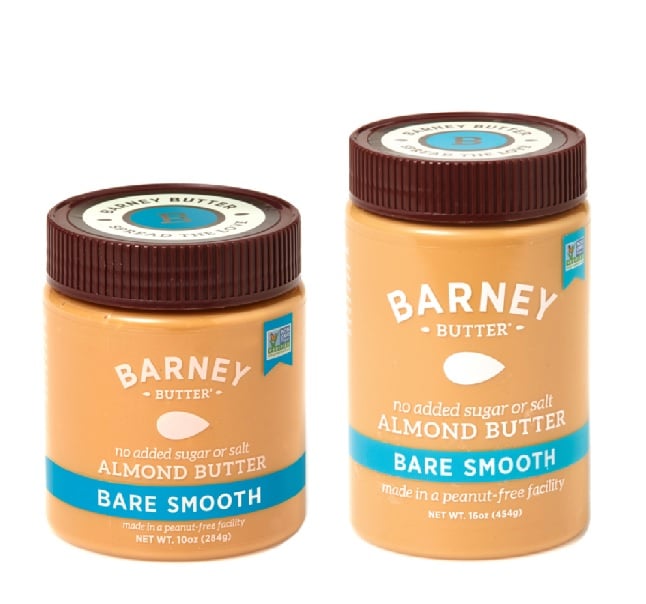
Whole30 Approved Almond Butter - Olive You Whole
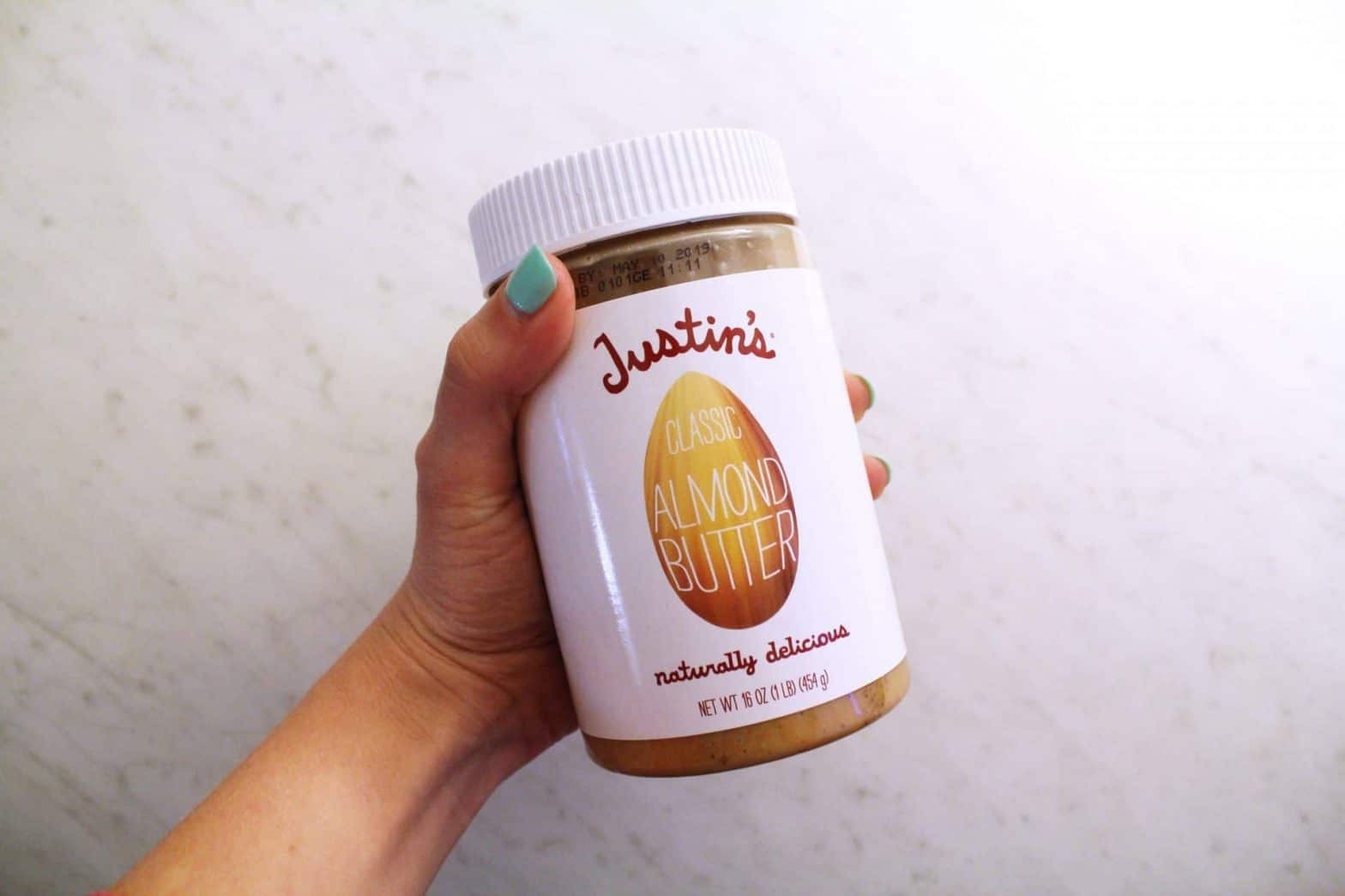
Whole30 Approved Almond Butter - Olive You Whole
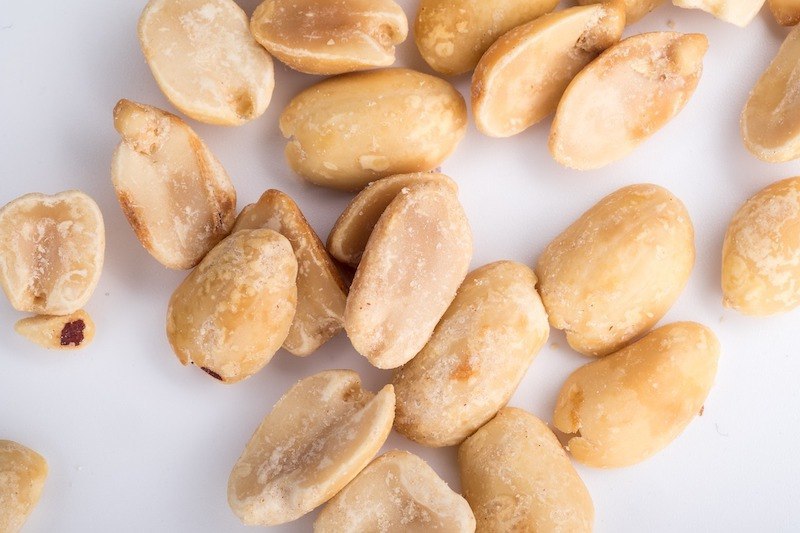
Whole30 Peanut Butter: Can I Have Peanut Butter on Whole30?
Whole30 Thai "Peanut" Sauce - Fit Mom Journey

Whole30 Almond Butter: Compliant Brands & Recipes | Chomps

22 Simple and Healthy Whole30 Snacks
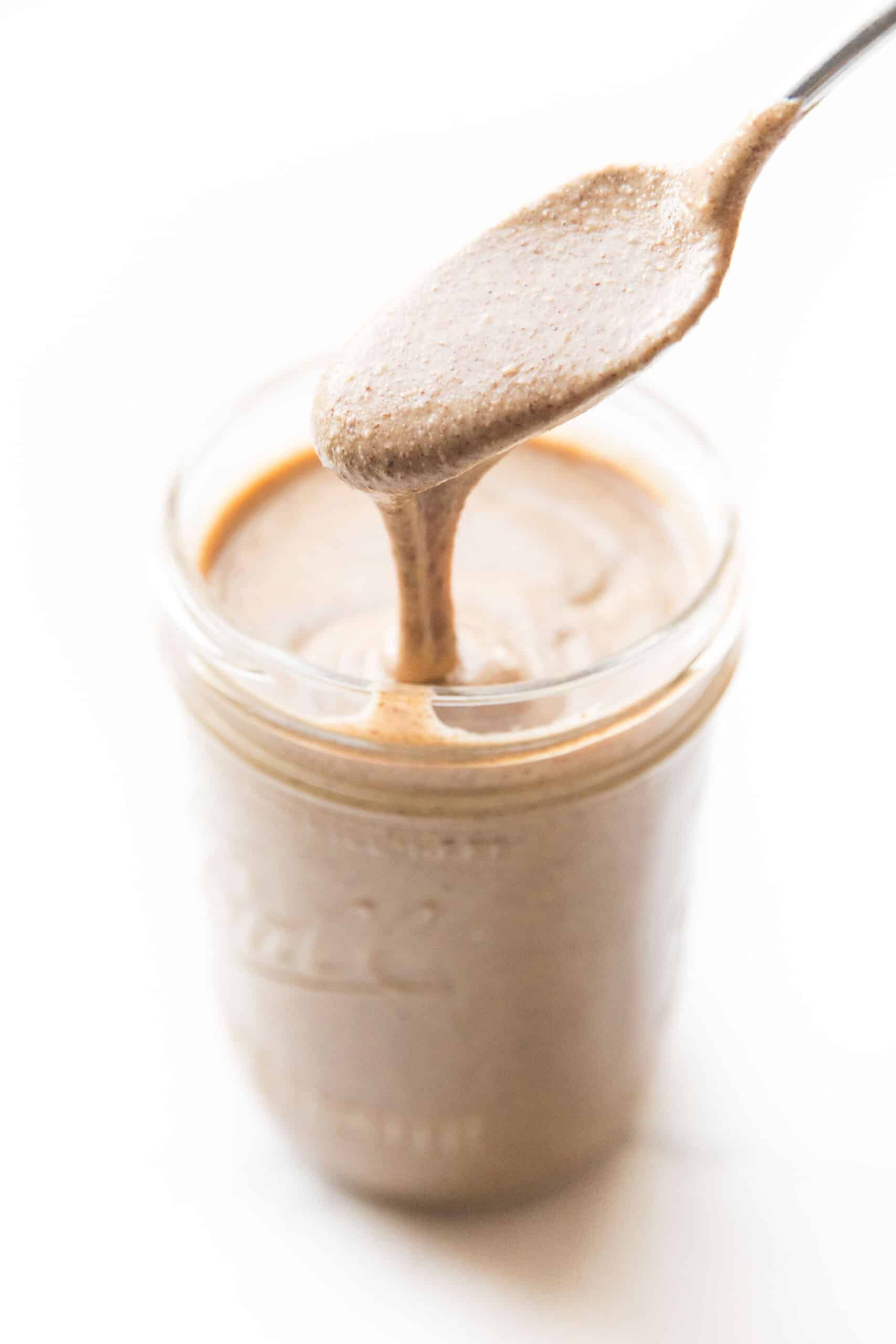
Whole30 + Keto Mixed Nut Butter - Tastes Lovely
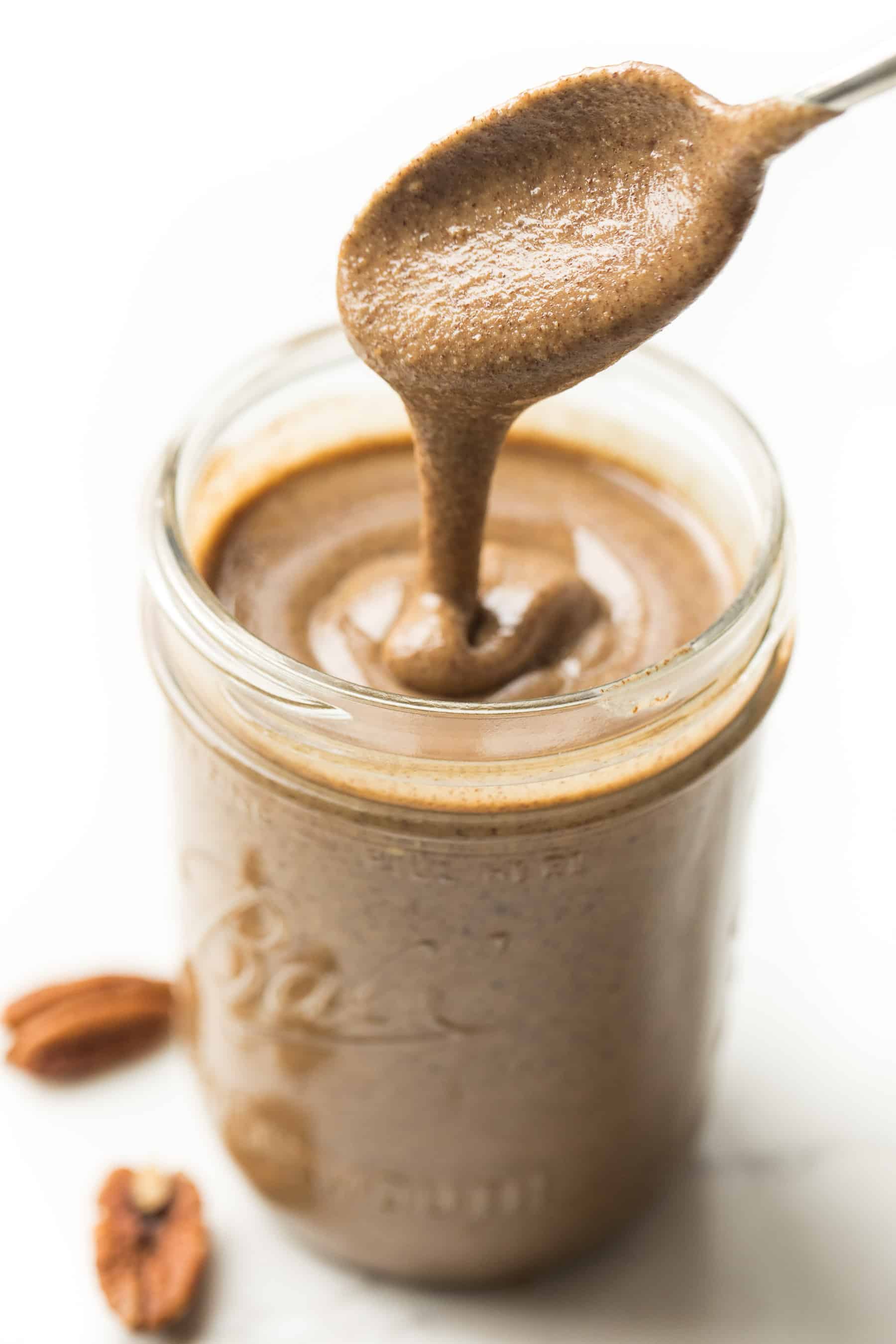
Paleo + Whole30 Homemade Pecan Butter - Tastes Lovely
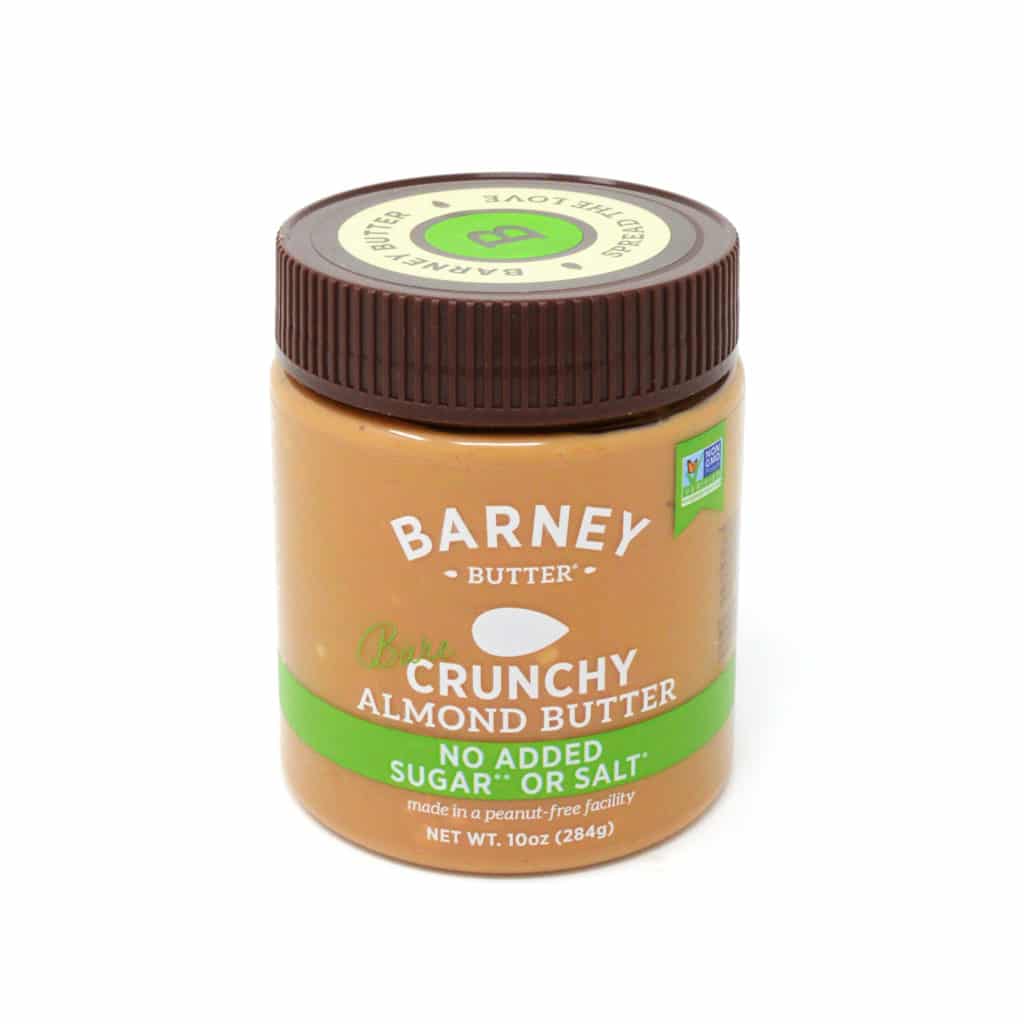
Whole30 Approved Almond Butter - Olive You Whole
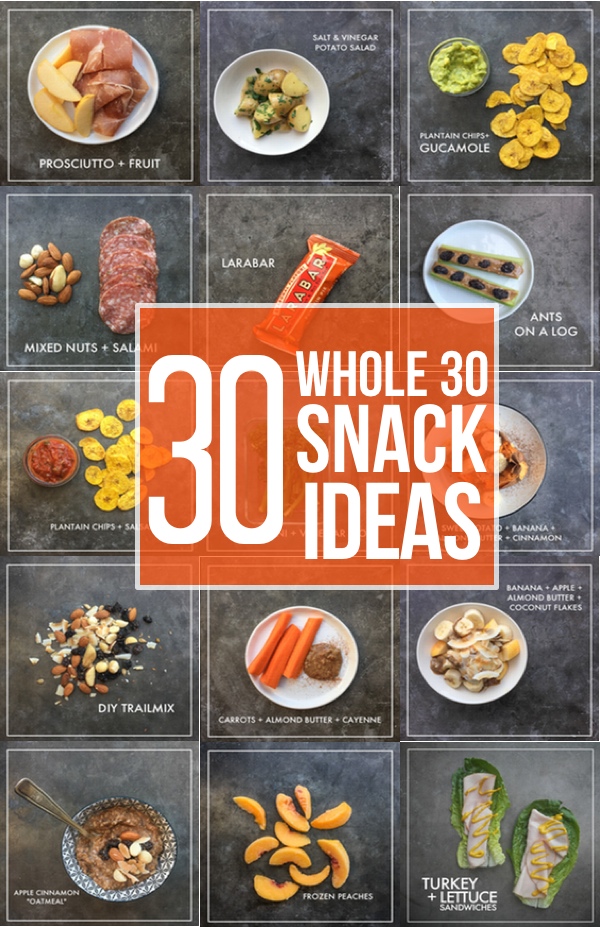
Whole 30 Snack Ideas
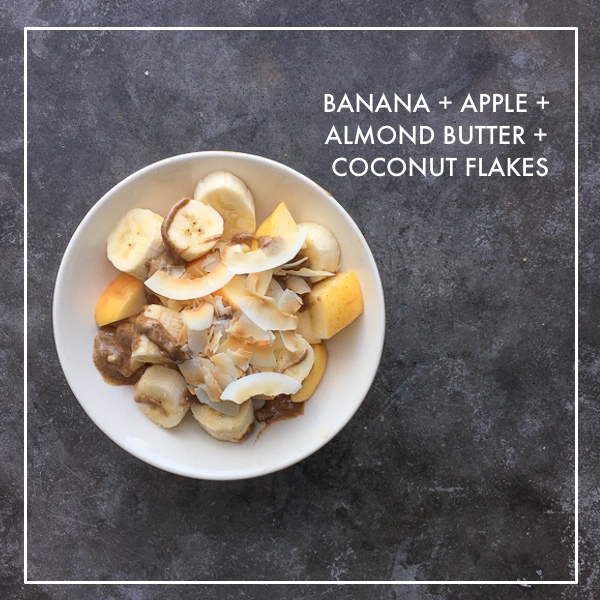
Whole 30 Snack Ideas
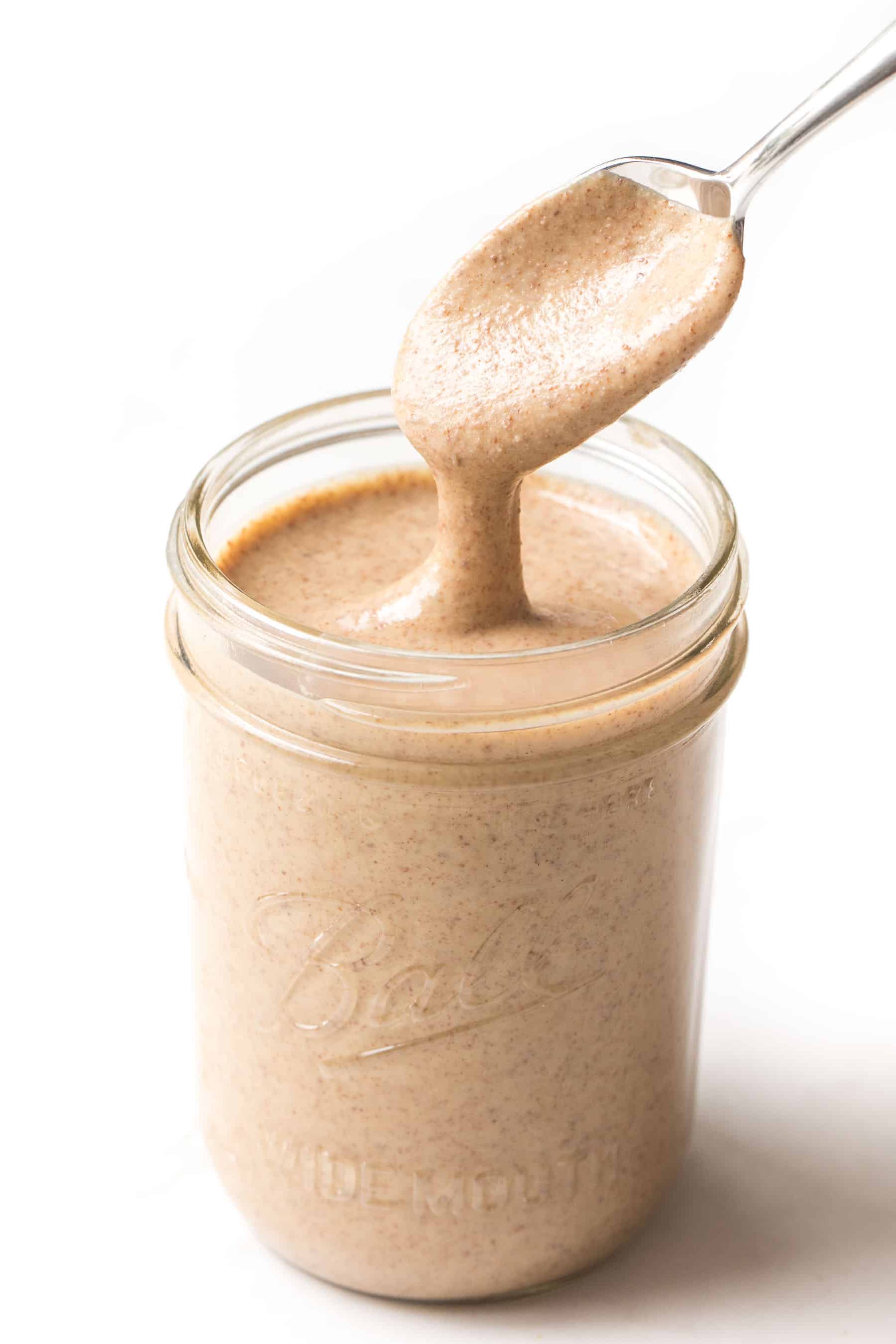
Whole30 Homemade Almond Butter (Keto, Paleo) - Tastes Lovely
![Whole30 Nut Butters [2020 Update]: 10 Compliant Brands + DIY Recipe! Whole30 Nut Butters [2020 Update]: 10 Compliant Brands + DIY Recipe!](https://lifehealthhq.com/wp-content/uploads/2018/02/whole30-nut-butters.jpg)
Whole30 Nut Butters [2020 Update]: 10 Compliant Brands + DIY Recipe!
Whole30 Almond Butter: Compliant Brands & Recipes | Chomps

Creamy Whole30 Approved Nut Butters | Whole 30 recipes, Fiber snacks, Best almond butter
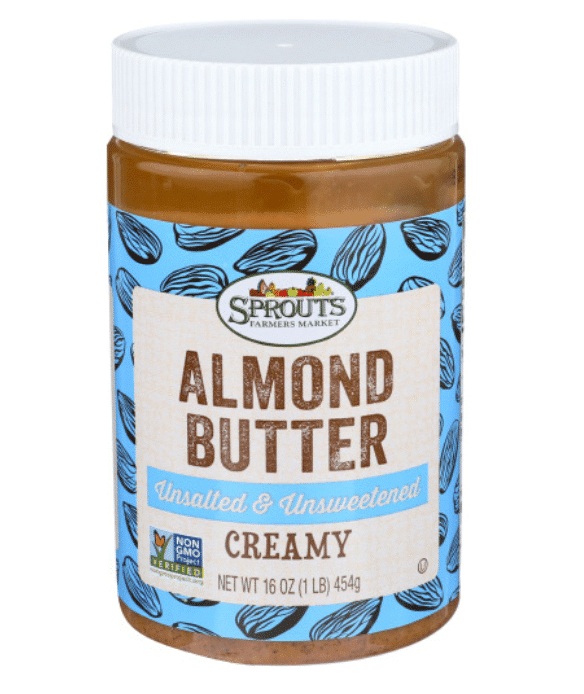
Whole30 Approved Almond Butter - Olive You Whole
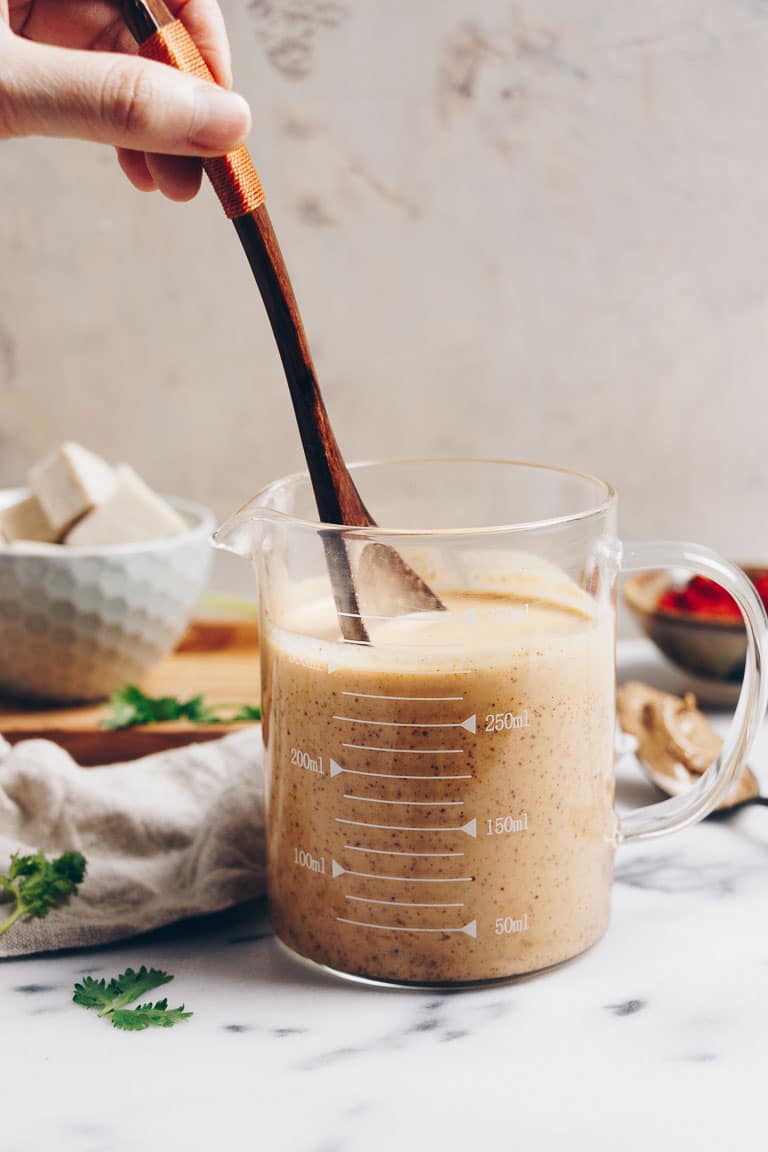
Paleo Easy Thai Peanut Sauce (Whole30, Healthy, Peanut-Free) | I Heart Umami®
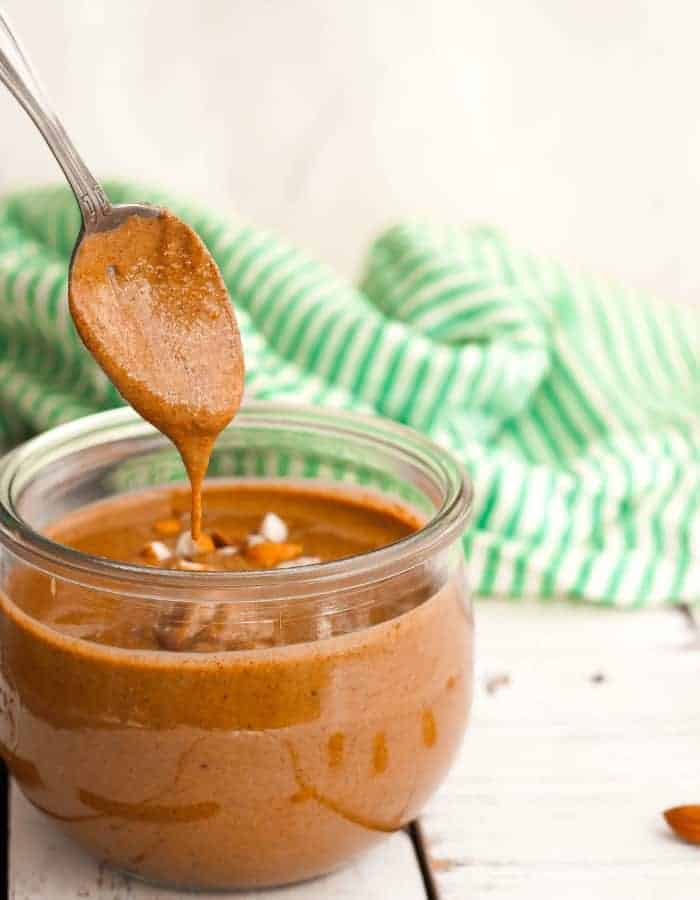
Homemade Cinnamon Almond Butter {Whole30, Paleo} | Sustainable Cooks

Whole30 Almond Butter: Compliant Brands & Recipes | Chomps
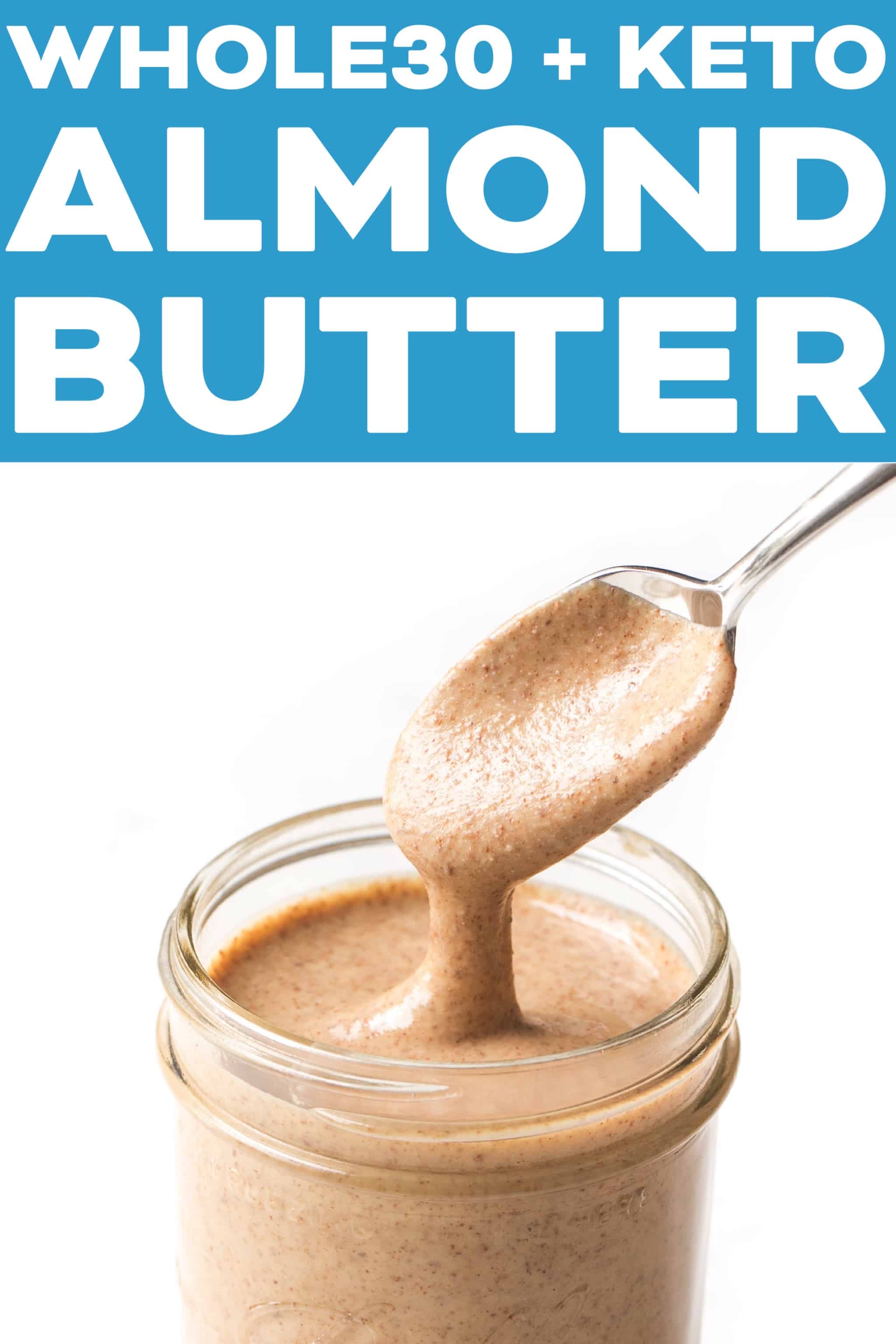
Whole30 Homemade Almond Butter (Keto, Paleo) - Tastes Lovely
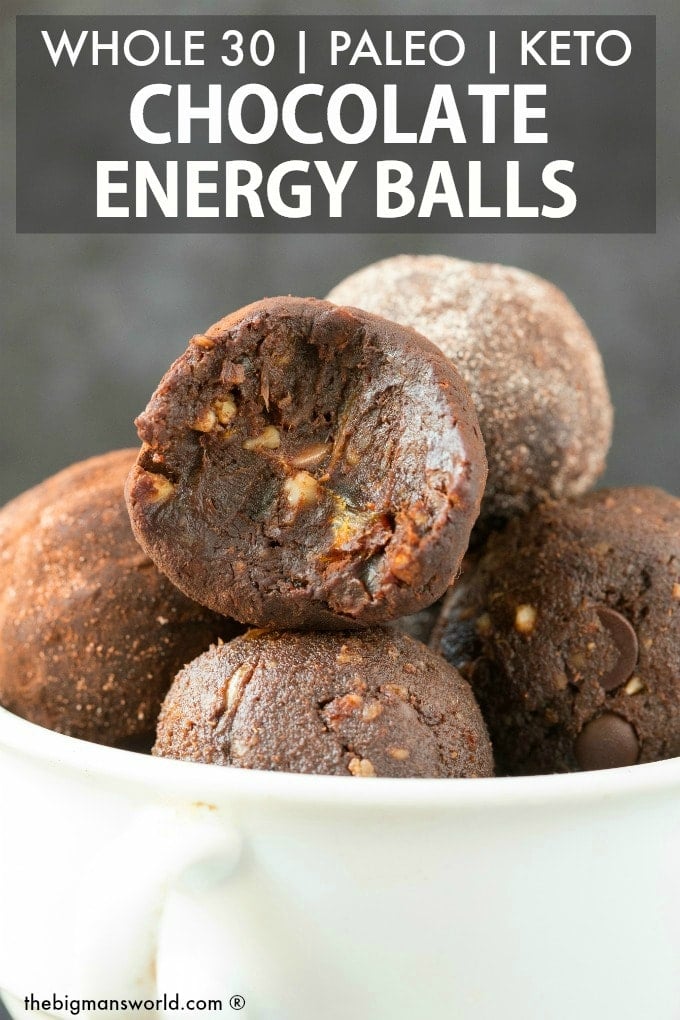
No Bake Whole30 Energy Balls (Paleo, Keto) - The Big Man's World ®
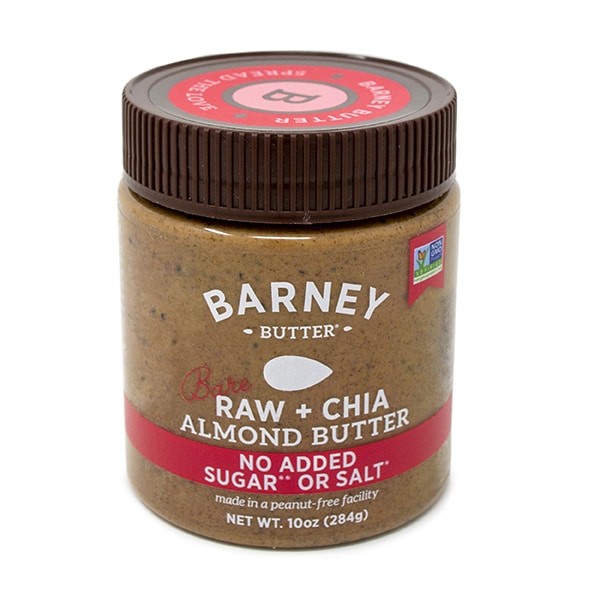
Whole30 Approved Almond Butter - Olive You Whole
Paleo Spring Rolls with "Peanut" Sauce (Whole30, Keto) – What Great Grandma Ate
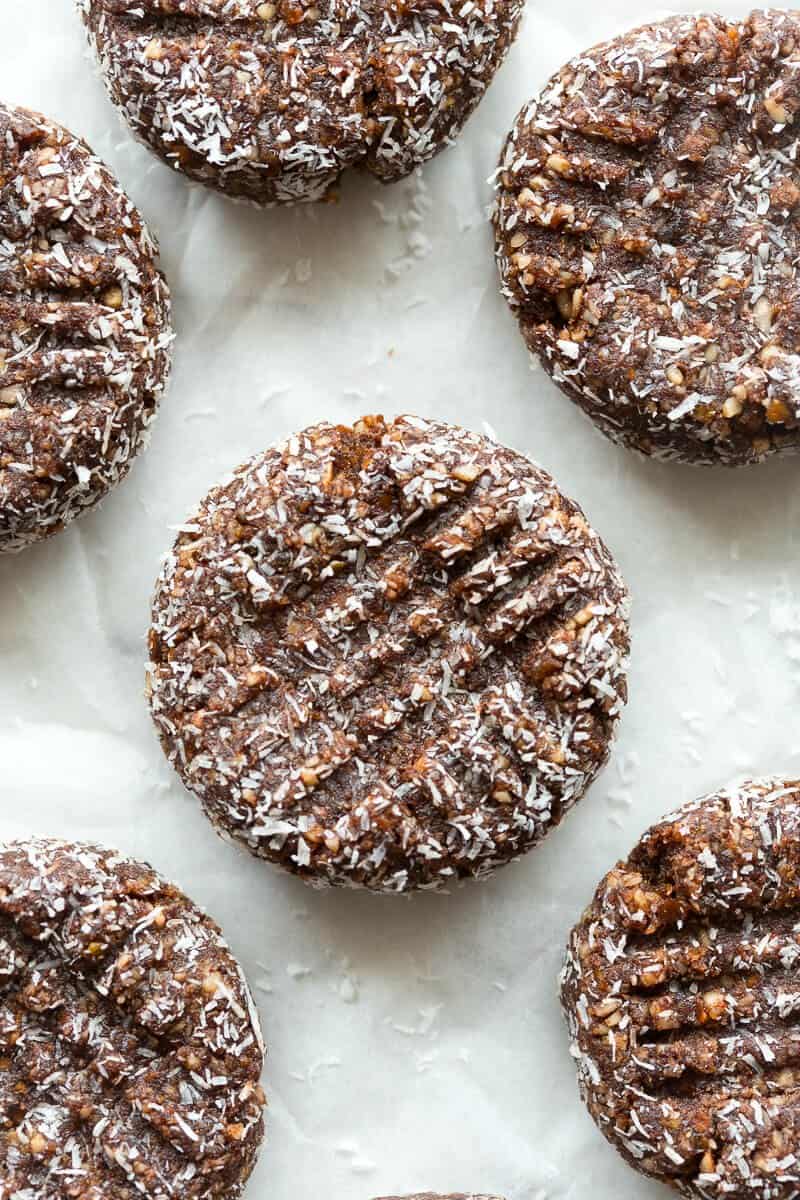
Whole30 No Bake Cookies {4 Ingredients!} - The Big Man's World ®

What is Whole30? A Comprehensive Whole30 Guide + Shopping List
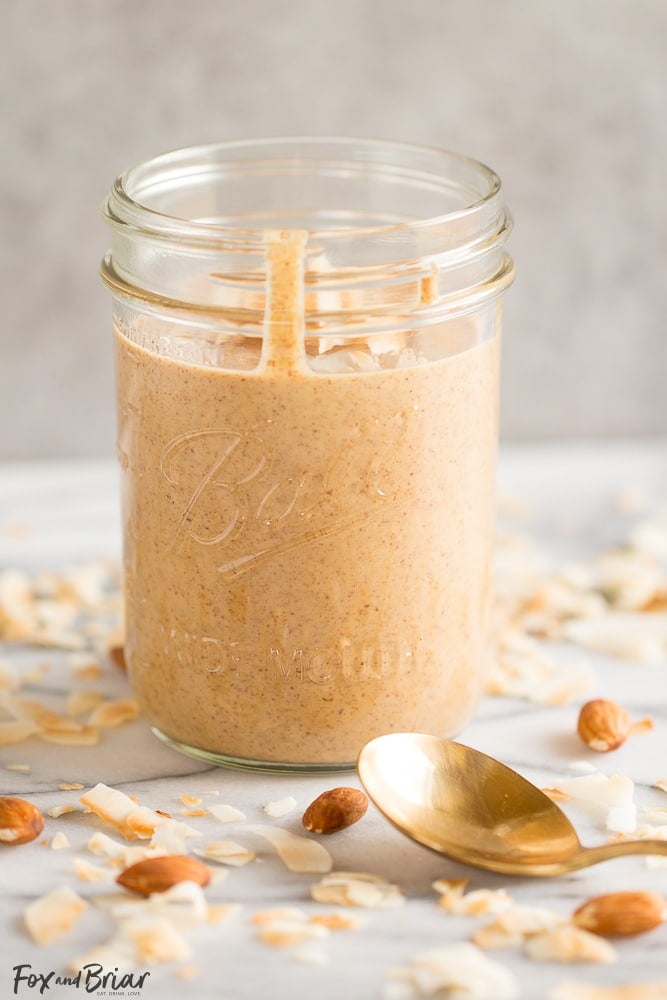
Toasted Coconut Almond Butter
![Whole30 Almond Butter [2020 Update] Compliant Brands + DIY Recipe! Whole30 Almond Butter [2020 Update] Compliant Brands + DIY Recipe!](https://lifehealthhq.com/wp-content/uploads/2016/11/whole30-almond-butter.png)
Whole30 Almond Butter [2020 Update] Compliant Brands + DIY Recipe!
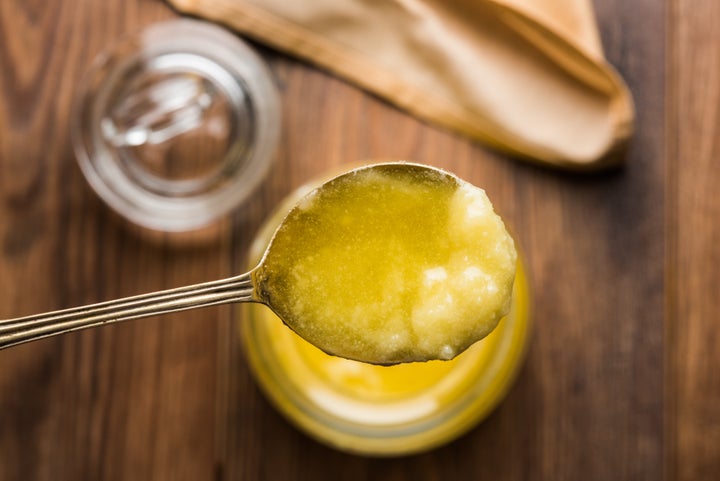
Whole30 Food List: 3 Of The Diet Plan's Most Confusing Rules | HuffPost Life
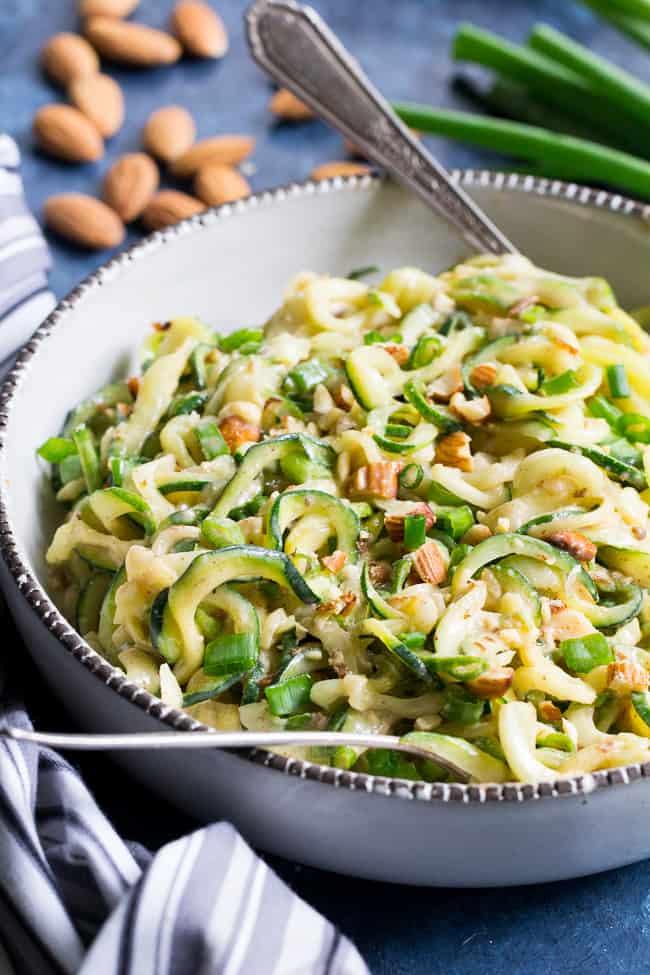
Almond Butter Sesame Zucchini Noodles {Paleo, Vegan, Whole30}
Whole30 Thai Chicken Zoodle Bowl ("Peanut" Sauce, Paleo, Low Carb)
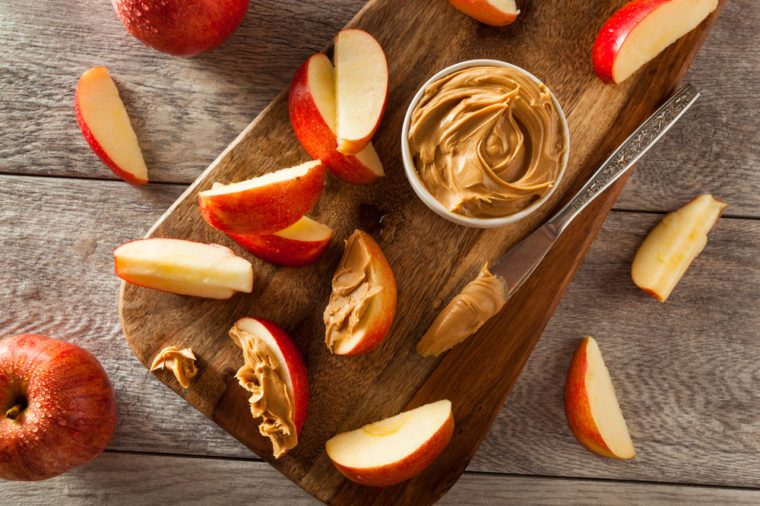
21 Whole30 Snacks You'll Actually Want to Eat | The Healthy

Thai Almond Butter Sauce (paleo, whole30, vegan) | Sweet Lizzy
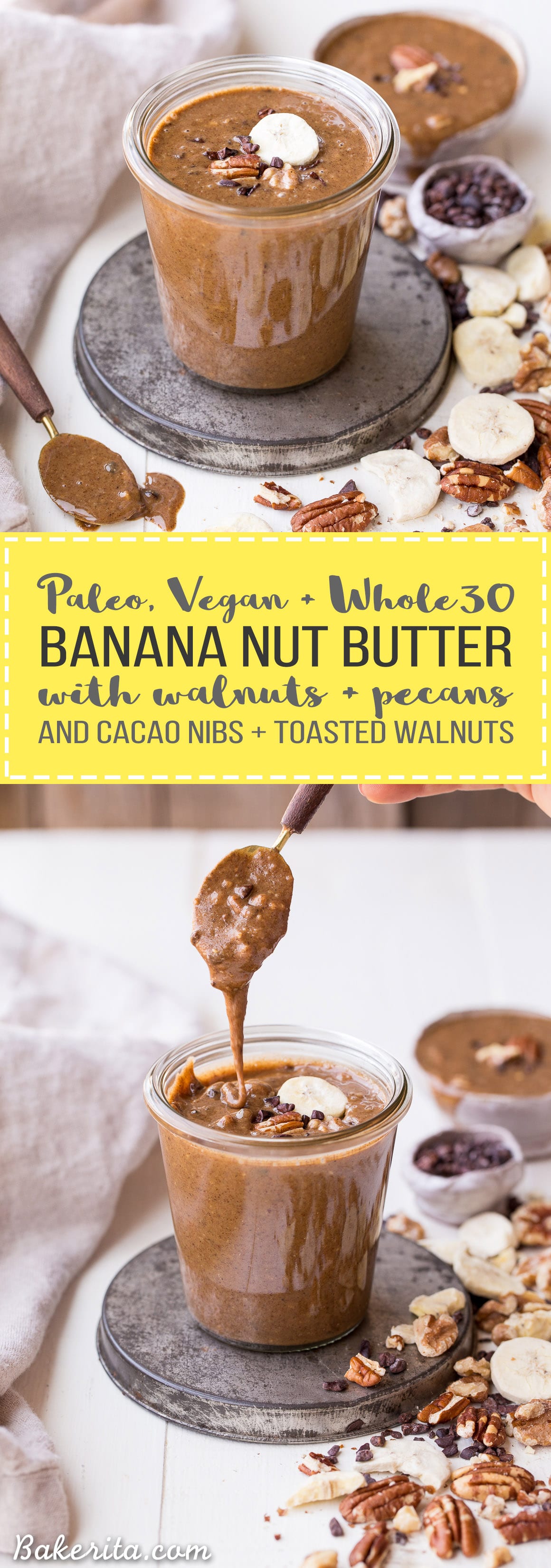
Banana Nut Butter with Cacao Nibs (Paleo + Vegan) • Bakerita

Whole30 Results, Top Tips, Lessons Learned, & What Now?
Whole30 Thai Chicken Zoodle Bowl ("Peanut" Sauce, Paleo, Low Carb)

Amazon.com : Vör All Natural Cashew Butter (12oz) | Only One Ingredient | Vegan, Paleo, Keto, Whole 30 (12oz Jar) : Grocery & Gourmet Food

Whole30 Snacks You Can Buy On Amazon (Grab and Go!) | Downshiftology
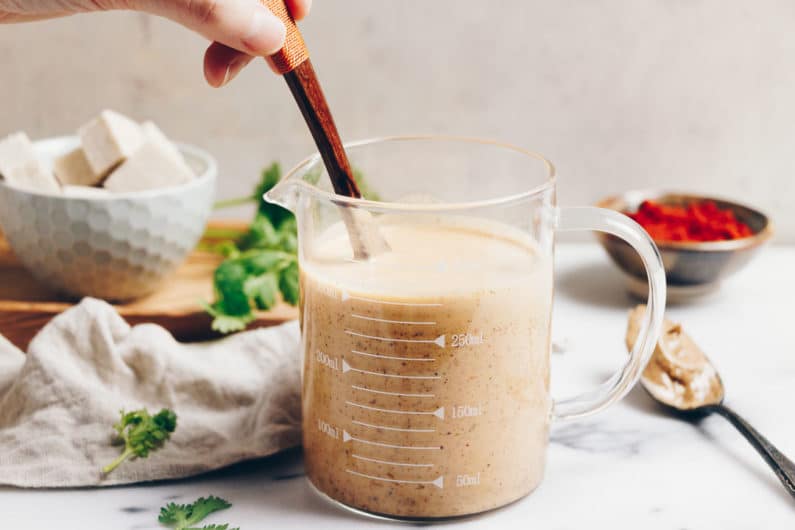
Paleo Easy Thai Peanut Sauce (Whole30, Healthy, Peanut-Free) | I Heart Umami®
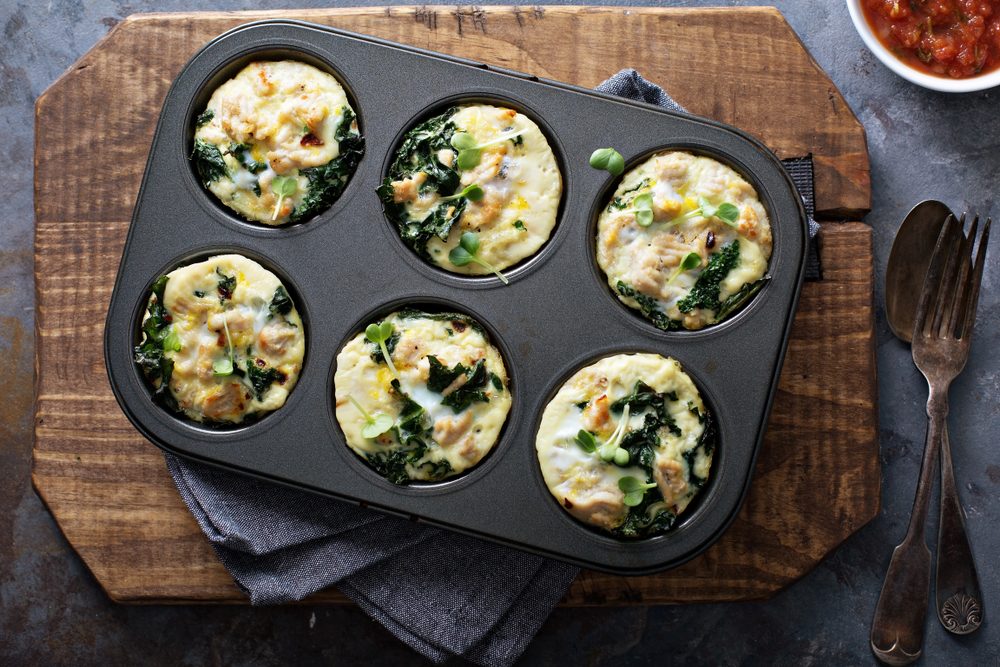
21 Whole30 Snacks You'll Actually Want to Eat | The Healthy
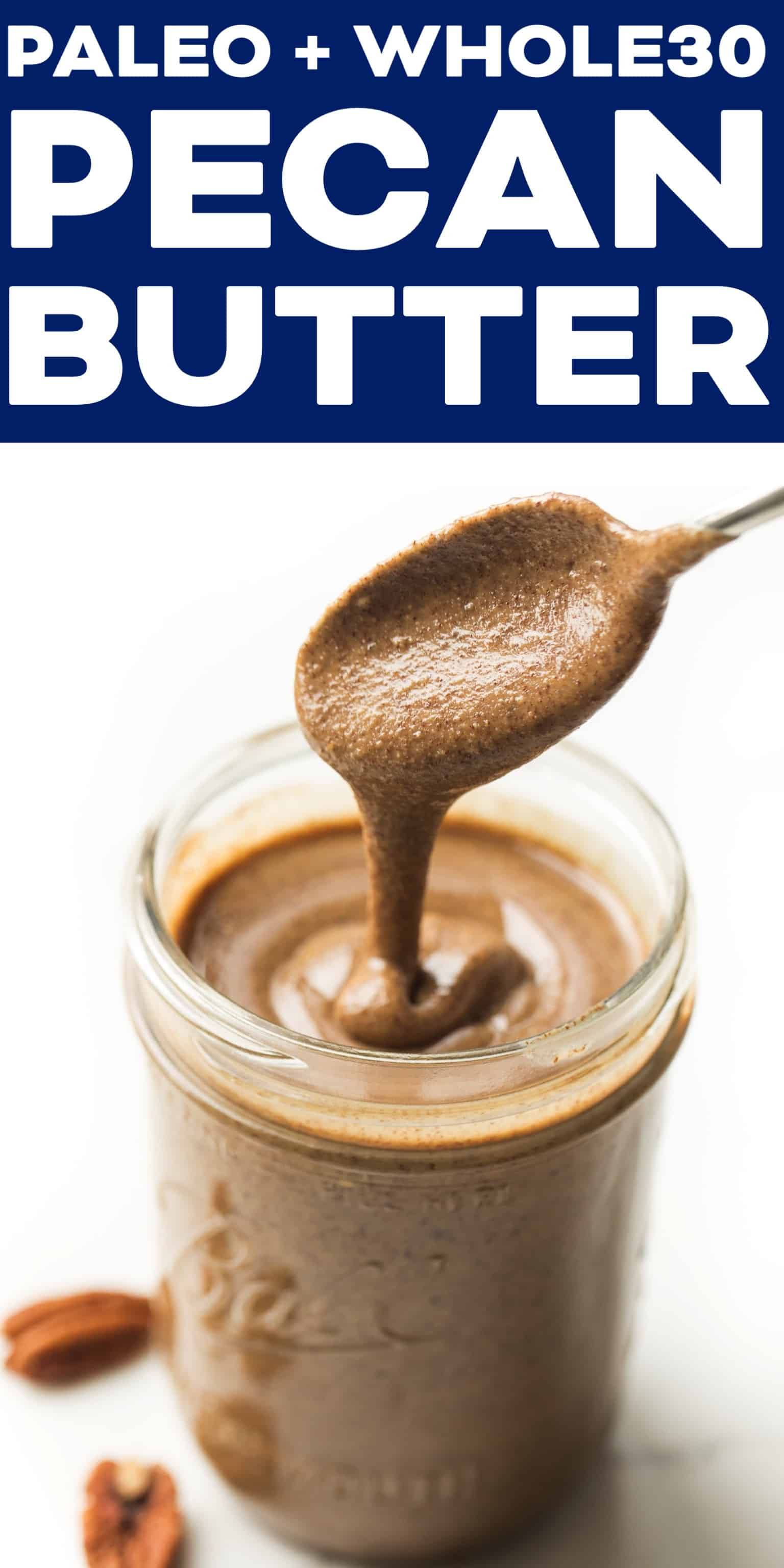
Paleo + Whole30 Homemade Pecan Butter - Tastes Lovely
Posting Komentar untuk "peanut butter whole 30"